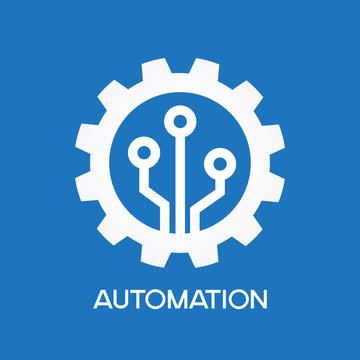


Sleek Technologies Named “Procurement Solution Of The Year” From SupplyTech Breakthrough For Second Year In A Row
Annual Awards Program Recognizes Sleek Technologies for Innovation in the Global Supply Chain Technology and Logistics Industry CHICAGO - June 22, 2023 – Sleek Technologies, a technology data company, and leader in AI-driven autonomous procurement, today announced that for the second year in a row, it has been selected as “Procurement Solution Of The Year” in the annual SupplyTech Breakthrough Awards program conducted by SupplyTech Breakthrough, a leading independent market intelligence organization that evaluates and recognizes standout technology companies, products, and services in the supply chain technology and logistics industry around the globe. Advanced freight procurement data from Sleek Technologies helps shippers optimize their existing carrier network, as the AI-powered software instantly finds, vets, and transacts with any qualified truck across North America. The company provides both data visibility and automation, helping shippers understand truckload activity, optimize their entire carrier network and comprehend factors that may impact load cost. Sleek’s technology is able to match loads to compliant, asset-based capacity at the right time, location, and price. As a load becomes available, capacity is expanded. The platform implements over 80 configured shipper attributes, predictive AI algorithms, and a system of measures considering the likelihood of a driver’s interest in a particular load. Carriers who best match the criteria are the only ones granted access to bid on the load. This eliminates the middleman from the process and allows carriers to set market pricing. Sleek helps full truckload shippers across multiple verticals including Building Materials, Paper & Pulp, Plastics & Chemicals, Food & Beverage, Retail, and more. “A short-sighted approach to freight procurement will lead to temporary gains at the expense of long-term losses....
Revolutionizing Full Truckload Shipping: Overcoming Challenges and Embracing the Power of Autonomous Procurement
The logistics landscape is brimming with complexities and challenges, especially for large shippers who transport goods via full truckload (FTL). Their pain points are diverse and significant, with each capable of causing considerable disruptions in their operations. Therefore, understanding these pain points and how to overcome them is crucial to maintain a smooth and efficient supply chain. FTL Challenges: #1 Capacity: One of the major challenges is securing enough truck capacity to meet shipping needs, especially during peak seasons. The availability of trucks and drivers fluctuates based on numerous factors such as economic conditions, regulatory changes, and seasonal demands. #2 Cost: The costs of FTL shipping is unpredictable. Fuel costs, labor costs, insurance, maintenance, regulatory compliance, and changes in supply and demand can all contribute to the total cost of transportation. And when shippers work with brokers, there is no visibility into what the broker makes versus what the truck is paid. #3 Service: Delays can occur due to numerous reasons including mechanical failures, weather conditions, traffic, or other unforeseen events. These delays can affect the entire supply chain, leading to increased costs and unsatisfied customers. #4 Compliance: Adhering to a myriad of transportation regulations can be a complex process. Regulations may differ based on the type of goods being transported, the regions they're transported through, and they can change over time, creating a need for constant vigilance and adjustment. #5 Sustainability: With increasing awareness of environmental issues, many shippers are seeking to reduce their carbon footprint. However, moving towards more sustainable practices can be challenging due to the nature of the trucking industry and existing infrastructure. #6 Integration: While...
Surge in Freight RFPs: Why Shippers Must Remain Vigilant
The logistics industry is witnessing a remarkable rise in the number of Request for Proposals (RFPs), marking it a record high year. It is expected that GDP will have slow growth between now and thru 2024 - 0.50%-1.00% on average. While this could potentially signal growth and expansion in the manufacturing sector, it also poses a unique set of challenges for shippers. Notably, with the freight market at a low point, rates are poised for a gradual increase. This imminent change, coupled with a diminishing number of carriers, might lead to a decline in acceptance rates. This is exactly why it is crucial for shippers to pay close attention to these market shifts to maintain efficient and cost-effective operations. Freight RFPs: An Indicator of Market Dynamics Traditionally, a high number of RFPs signify healthy market conditions, fostering robust competition among freight service providers. However, the current rise in freight RFPs coincides with the freight market's bottomed-out rates. In fact, spot for Reefer bottomed out back in April 2023. This situation can be attributed to several factors, including ongoing supply chain disruptions and varying capacity constraints that have led shippers to explore more competitive freight options. While lower rates might initially seem beneficial to shippers, they could create a precarious situation in the long term. As rates start to rebound, there is a likelihood of price instability, resulting in unexpected cost escalations. This situation calls for shippers to remain extra vigilant while negotiating contracts to ensure their operational costs remain within predictable margins. Decreasing Carrier Capacity: The Impending Challenge The logistics industry is also grappling with a concerning trend of carriers...
